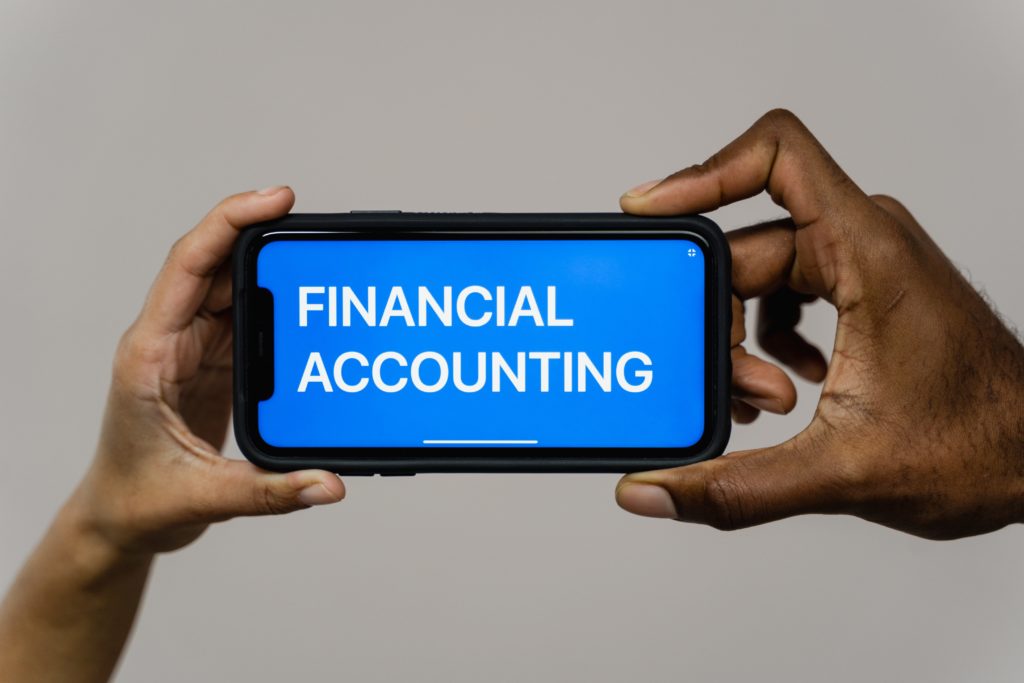Have you recently started a business? Or are you a small business with turnover of less than £150K? If so one of the decisions, you’ll make is whether to use the cash basis for accounting or the traditional accounting method.
As a business you will need to keep records of your financial transactions from which to prepare your accounts for HM Revenue & Customs (HMRC). You will need to decide which accounting software to use for this function. Then you need to decide how you are going to calculate your profits.
Basically you have two choices: using the traditional accruals accounting or opting for cash accounting.
What is cash accounting
Cash accounting, also referred to as cash basis accounting, records financial events when payment is made or received. On the other hand, traditional accounting means that you base your accounts on invoices sent and received.
If you use cash accounting it basically ensures that if a customer has not paid your invoice, then that invoice is not included in your profits (upon which your tax is paid). Similarly, if there are delays in paying your suppliers than you cannot claim for that expense.
Cash accounting is a simplified version of compiling a set of Accounts once you know what expenses you can claim
It is best suited for small businesses because you only need to declare money when it comes in and out of your business. The following also applies:
- You can only use the cash accounting method if you run a small self-employed business with a turnover of less than £150,000 a year.
- Limited companies and limited liability partnerships cannot use cash accounting.
- Cash accounting is the default basis for landlords. If a landlord wishes to use traditional accounting on their Self-Assessment, they will need to select that option on their tax return.
VAT cash accounting
A similar principle is established under the VAT legislation primarily to give businesses a cash-flow advantage.
The VAT Cash Accounting Scheme follows the principles of cash basis accounting. This means that you pay VAT on your sales when your customers pay you, and you reclaim VAT on purchases when you have paid suppliers.
However, the scheme is much more generous under VAT because the turnover limit is £1.35 million.
Furthermore, the same limits apply to all business whether you are a sole trader, a partnership, LLP or a Limited Company.
There are some exceptions such as you cannot use cash accounting if you are using the Flat Rate Scheme.
For more information see here including how to join the scheme.
Top tip for cash flow
If you are not yet using the cash accounting scheme in particular for VAT, it may be something to think about in the current climate. If your customers are going to take longer to pay you then you will be at a huge disadvantage to pay the VAT over to HMRC before your customers pay you.
You can swap the VAT scheme from traditional accounting to cash accounting at the beginning of each quarter. There are some careful factors to consider and we suggest that you consult your Accountant before doing so.
Traditional accounting
As mentioned earlier traditional accounting, also known as accruals accounting, records financial events right when they happen, rather than when payment is made or received.
In other words, an income or expense is recorded for tax purposes when the job is invoiced, even if you have not received or sent the money.
Limited companies and limited liability partnerships must use the traditional accounting method for their Accounts.
Directors of companies must prepare a balance sheet and a profit and loss account that give a true overview of the state of the company at the end of the financial year. To have a complete overview, they must enter all sales and purchases in the accounts regardless of whether they have been paid.
Traditional accounting portrays a more accurate statement of the company’s health and makes it easier for senior management to create budgets and plan for the future.
But that does not mean smaller businesses needs to follow suit especially if that gives them a cash disadvantage.
Example
Let’s demonstrate what we are talking about by using a very simple example:
- As an example, a construction business provides a £5,000 service to a client on 20 October. The client receives the bill for the services rendered and makes a payment on 12 December.
Under the cash accounting method, the transaction will be recorded in their books on 12 December. Under the traditional accounting method, the transaction would be recorded on 20 October.
- Now let’s say the quarterly VAT Return ran to 31st Under traditional (accruals) accounting for VAT, the VAT element which is £833 in this example will need to be paid by 10th December after filing the VAT Return by 7th December.
- The business might struggle for cash as the money for the invoice was not received until 12th
- Under cash accounting the VAT of £833 would be included in the next quarter’s VAT Return.
Cash Accounting is a very useful tool in your armoury to use when customers are slow to pay. For small businesses it is always an advantage to set yourself up in this way including when you do the VAT Registration.
If you need help in this area and would like to talk to someone, please call your normal manager at Myers Clark. Alternatively email Priya at priyar@myersclark.co.uk.

